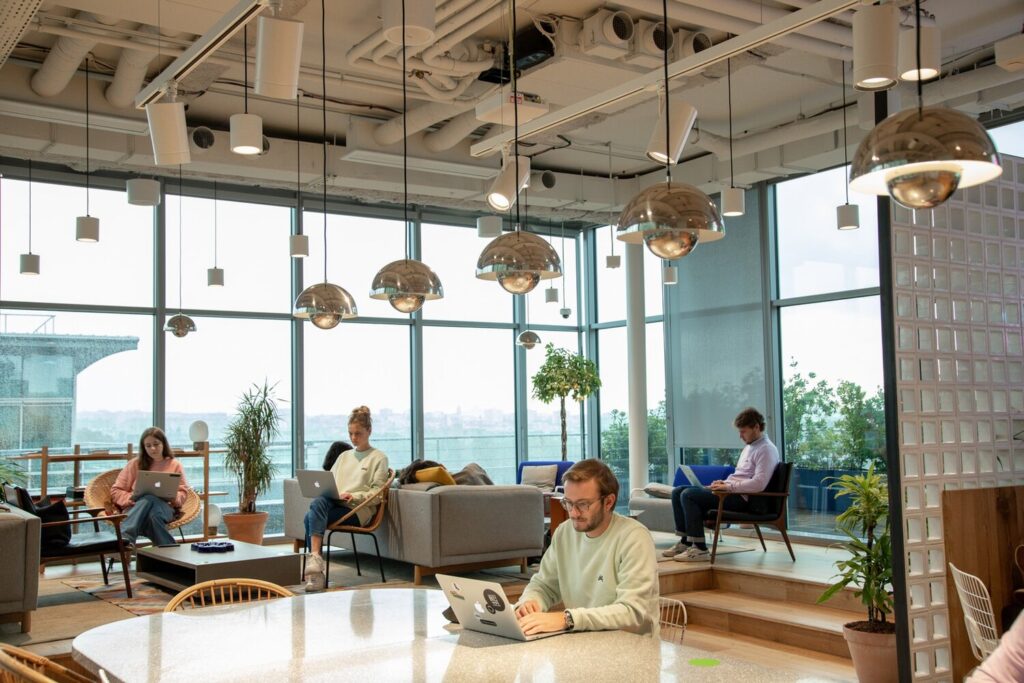
The History of Coworking Spaces
As digital nomads, most of us go to coworking spaces, but have you ever wondered how they all got started?
One of the earliest seeds of the coworking movement sprouted in Berlin, Germany in 1995 with the opening of c-base, a non-profit association originally designed as a place for hackers to come together, collaborate, and share their ideas. In this same year, American game designer Bernard DeKoven coined the term “coworking” to describe the idea of people from different backgrounds working in a shared environment. By the end of 1995, hackerspaces had opened in Santa Clara, San Francisco, and Brooklyn, and seminars and social events became regular events at some of the spaces.
In 1998, Sweden opened its first coworking space in Stockholm in the Hitech Building, which mainly served as workplace for several companies during the dot-com bubble. Four years later, two Austrian entrepreneurs founded Schraubenfabrik, an entrepreneur center located in a former factory in Vienna, which quickly became a hub of diverse professionals and freelancers.
Brad Neuberg opened what is considered one of the first true coworking spaces, San Francisco Coworking Space, in 2005. Despite being a small shared office, it provided a third space, away from the home and office, for freelancers and entrepreneurs, offering shared lunches, free WiFi, and collective bike rides. Across the pond, Berlin continued to be the pioneer of coworking in with the opening of Betahaus in 2009, the largest coworking in Europe at that time.
In 2010, the coworking movement celebrated its first Coworking Day on August 9, a tradition that continues to this day. The infamous WeWork was also founded in Adam Neuman and Miguel McKelvey, the first instance of coworking chains that could eventually spread around the world.
Asia joined the coworking movement in a big way in 2013 with the opening of Punspace in Chiang Mai, Thailand and Hubud in Ubud, Bali. While both of these have since closed, they set the tone for shared spaces in a relaxed environment, with the possibility for 24/7 access to coworking “in paradise.” Punspace’s original location in Nimman closed, but two of its Chiang Mai locations in Wiang Kaew and Tha Phae Gate remain.
The Future of Coworking Spaces
The coworking movement continued to flourish as large companies began moving their employees to coworking spaces, with HSBC being one of the first in 2016. 2021 saw the coworking industry hit hard by the challenges of COVID-19, but also witnessed its ongoing global expansion, with the number of spaces increasing by 28.3%.
Today, coworking spaces of all shapes and sizes keep expanding rapidly around the world, with the number of spaces projected to reach 40,000 in 2024. From its humble hacker beginnings, coworking has become not just a movement but a global institution. With the demand for flexible work arrangements continuing to increase, there is no question that the number of coworking spaces will do the same.








Responses